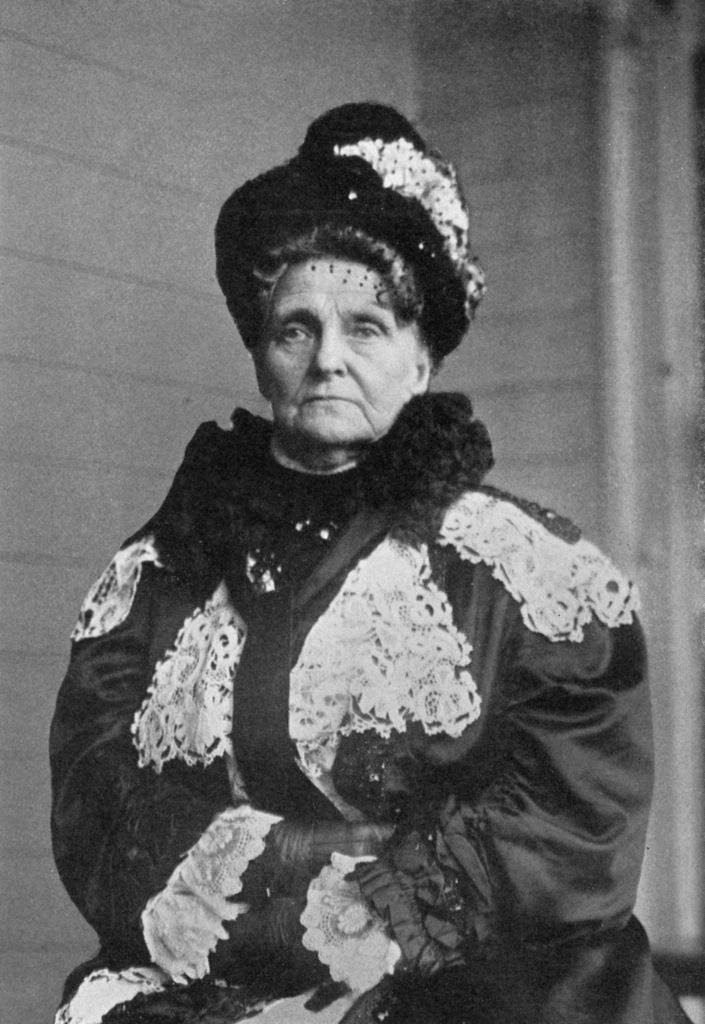In the gilded corridors of 19th-century American finance, where men in tailored suits dictated the flow of money, one woman defied every convention. Hetty Green, often labeled "The Witch of Wall Street," was no witch-she was a financial savant, a relentless negotiator, and an investor whose instincts rivaled the sharpest minds of her time. Her life was a paradox: a millionaire who pinched pennies, a devoted mother who crushed business rivals, and a woman who thrived in a world built to exclude her.
A Financial Education Forged in Childhood
Hetty’s story began in 1834 in New Bedford, Massachusetts, a bustling whaling port where fortunes were made and lost on the high seas. Born into the wealthy Howland family, young Henrietta Robinson (later Green) absorbed finance like other children absorbed fairy tales. Her father, Edward Robinson, and her grandfather, Gideon Howland, were successful Quaker merchants who dealt in whaling and trade. While most girls her age were taught embroidery and etiquette, Hetty sat at her grandfather’s knee, learning to read balance sheets and assess risk.
By age six, she was reading financial newspapers aloud to her father. At thirteen, she kept the family’s account books. When her father gifted her a wardrobe allowance, she invested it instead, turning $1,200 into $1,500 in a year-an early sign of her preternatural grasp of money. This was no mere hobby; it was the foundation of an empire.
The Inheritance Wars: A Trial by Fire
Hetty’s path to wealth was not smooth. When her father died in 1865, she inherited $7.5 million (roughly $150 million today), but her aunt, Sylvia Ann Howland, attempted to cut her out of an additional fortune. Hetty, ever the fighter, contested the will in a sensational court battle. The case hinged on a supposed second page of her aunt’s will—Hetty claimed it was forged. Though she lost, the trial showcased her tenacity and sharp legal mind.
Undeterred, she married Edward Green, a wealthy trader, but insisted on a prenuptial agreement to keep her finances separate—an almost unheard-of demand for a woman in 1867. When Edward later lost his fortune in risky ventures, Hetty refused to bail him out, proving her ruthless financial discipline.
The Making of a Financial Legend
While the Vanderbilts and Rockefellers flaunted their wealth, Hetty operated differently. She believed in value investing long before Warren Buffett coined the term-buying undervalued assets and holding them for the long term. She snapped up Civil War bonds at deep discounts, confident the government would repay them (it did). She invested heavily in railroads, real estate, and mortgages, always avoiding debt herself.
Her strategy was simple but brutal:
- Buy when others panic. During the Panic of 1873 and the 1907 financial crisis, she lent money to desperate banks at high interest, profiting enormously while stabilizing the economy.
- Never overpay. She haggled over everything, from office rent to train tickets, not out of pettiness but principle.
- Trust no one blindly. She audited her own accounts, memorized financial laws, and sued when cheated-winning often.
By the 1880s, she was a force in New York finance, though few knew the extent of her wealth. Unlike her male peers, she avoided flashy displays, preferring a simple black dress and an unheated office to save money.
The Myth of the Miser
The press adored painting Hetty as a cartoonish miser. They claimed she:
- Wore the same dress for decades (partly true-she had identical ones made).
- Ate cold oatmeal to avoid heating costs (exaggerated).
- Once spent hours searching for a lost 2-cent stamp (likely fabricated).
Yet these stories overshadowed her brilliance. Yes, she was frugal-but not recklessly so. She saw waste as a moral failing, a Quaker value instilled in childhood. Her frugality was strategic, allowing her to reinvest profits rather than squander them on mansions and yachts.
A Mother and a Mogul
Despite her steely reputation, Hetty was deeply devoted to her two children, Ned and Sylvia. When Ned injured his leg as a boy, she famously dressed as a pauper to seek free medical care-not out of cheapness, but because she distrusted doctors after a misdiagnosis nearly killed him. (She later paid for top specialists when necessary.)
She trained Ned in finance, and he eventually managed parts of her empire. Sylvia, meanwhile, inherited her mother’s fortune and became a philanthropist, funding hospitals and schools-proof that Hetty’s legacy extended beyond wealth accumulation.
Death and Legacy: The Richest Woman in America
Hetty Green died in 1916 at 81, leaving an estate worth between $100–200 million (over $3 billion today). Adjusted for inflation, she remains one of the wealthiest self-made women in history.
But her true legacy isn’t just her fortune-it’s her unyielding independence. In an era when women couldn’t vote and were expected to defer to men, Hetty commanded boardrooms, sued tycoons, and built an empire on her own terms. She proved that financial genius had no gender.
Lessons from Hetty Green’s Life
1. Financial literacy is power. Hetty’s early education in finance gave her an edge few had.
2. Fearlessness pays. She invested when others fled, reaping massive rewards.
3. Frugality ≠stinginess. She spent wisely so she could invest boldly.
4. Trust, but verify. Her meticulous record-keeping saved her from countless scams.
Conclusion: The Witch Who Was Actually a Wizard
Hetty Green was no witch-she was a visionary. Her life dismantles the myth that women of her time were passive bystanders in finance. She was sharper than the men who mocked her, richer than the bankers who doubted her, and more resilient than the critics who caricatured her.
In today’s world of reckless spending and get-rich-quick schemes, Hetty’s principles-patience, discipline, and shrewdness-are more relevant than ever. She wasn’t just the richest woman of her age; she was one of the greatest investors America ever produced. And she did it all in a black dress, with a ledger in hand, and without apology.


